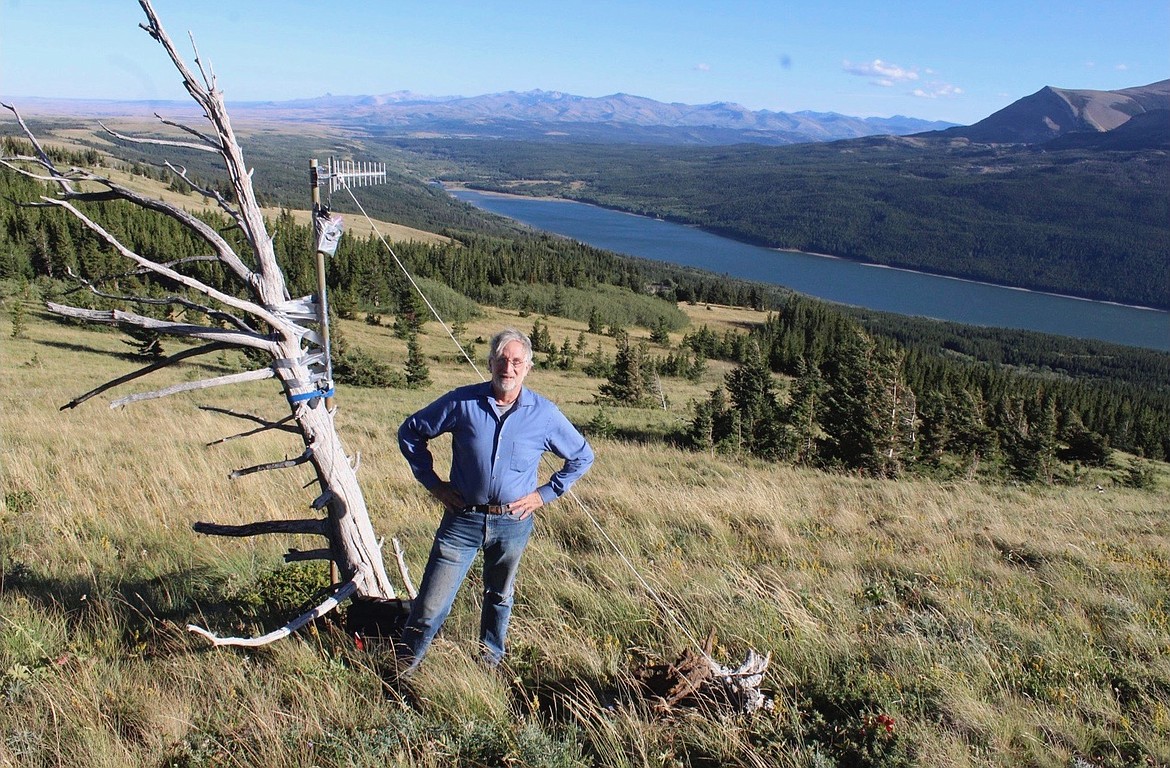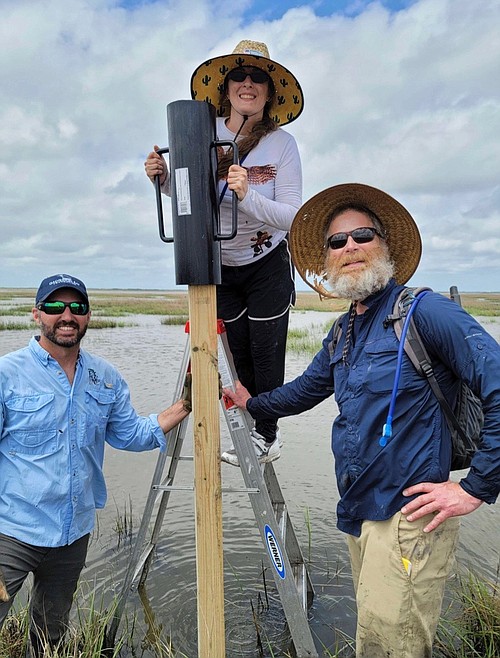Reimagined trail cameras capture tiny creatures to boost scientific research
Traditional trail cameras revolutionized field research for wildlife by providing continuous unobtrusive monitoring — but while they work for studying large animals, the technology doesn’t apply as well when scientists are looking to examine smaller creatures.
A technology startup in Essex is looking to change that by further developing a reimagined trail camera...
Support Local News
You have read all of your free articles this month. Select a plan below to start your subscription today.
Already a subscriber? Login
Daily Inter Lake - everything
Print delivery, e-edition and unlimited website access
- $26.24 per month
Daily Inter Lake - unlimited website access
- $9.95 per month


